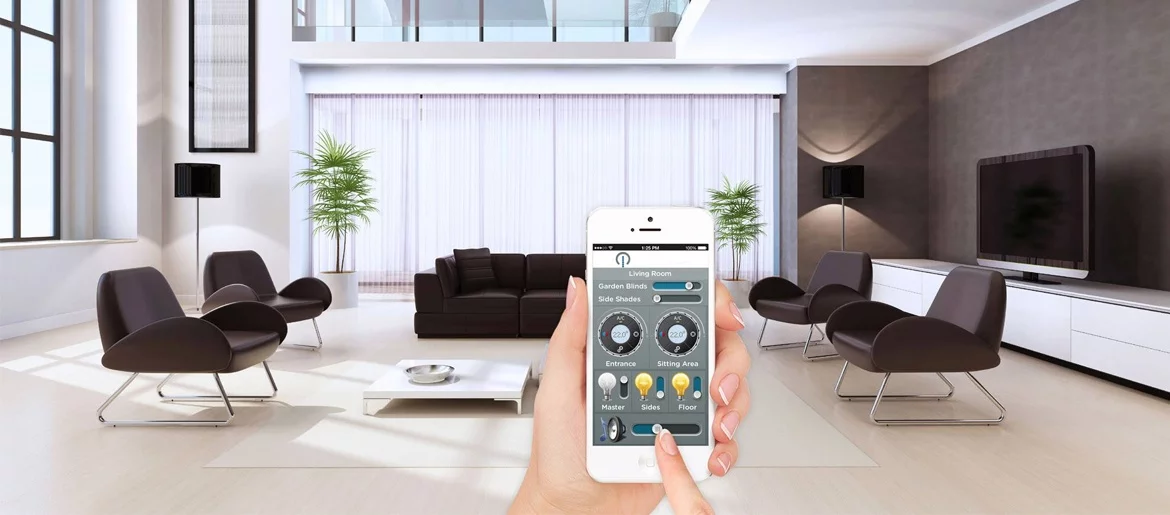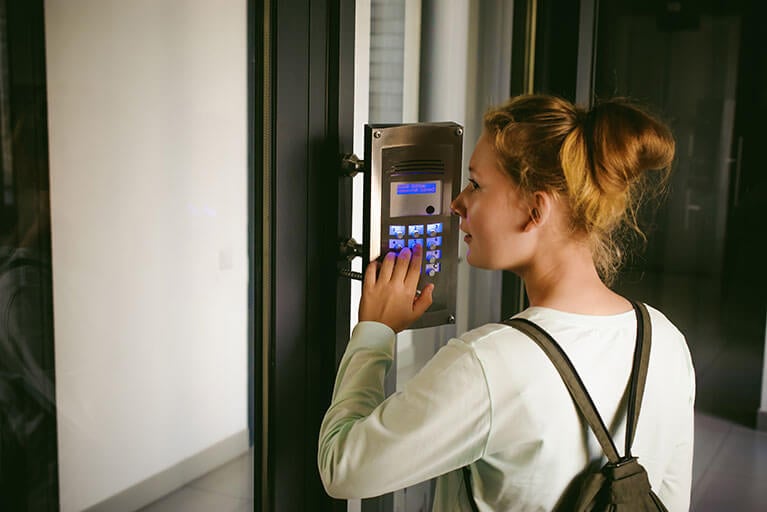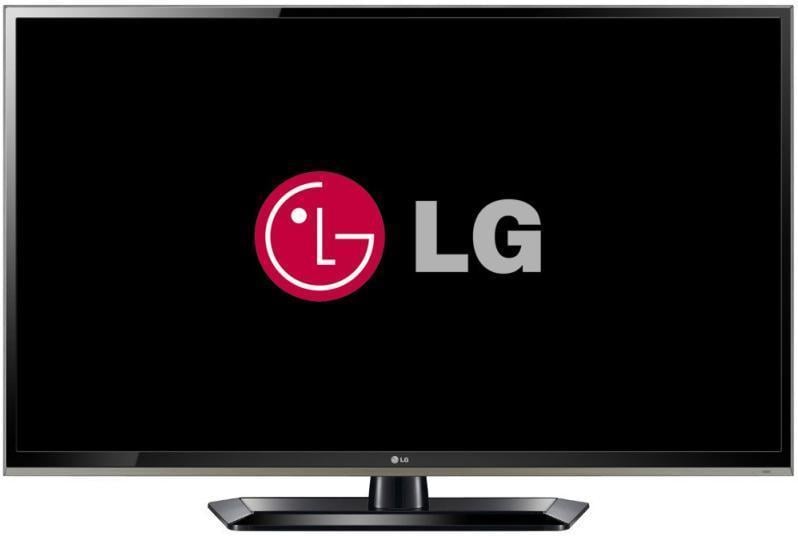Mastering the Art of Smart Home Integration

Table of Contents
Welcome to the world of Smart Home Integration! As technology continues to advance, our homes are becoming more intelligent and connected, offering increased efficiency and security. In this article, we will explore the realm of smart home technology and learn how to seamlessly integrate devices for a truly integrated and connected living experience.
The Basics of Smart Home Technology
Smart home technology refers to the automation and integration of various devices and technologies that help homeowners accomplish daily tasks more efficiently. This can include everything from managing lighting and HVAC systems to providing security and entertainment. Through the use of smart devices, homeowners can create a unified network that enhances the overall living experience.
Choosing the Right Hub
Central to any smart home is the hub, which serves as the brain controlling your home’s various smart devices. Smart home hubs come in all shapes and sizes, with various features and compatibility options. When considering which hub to choose, there are several key factors to consider:
- Compatibility: Ensure that the hub you choose will work with the devices you plan to use.
- Functionality: Ensure the hub supports the features you want, such as voice control, remote access, and automation.
- Security: As it serves as the central point of control, ensure your hub prioritizes security with regular updates and strong encryption.
Integrating Devices for Your Needs
Smart home devices can be integrated to work together for a more efficient living experience. Some examples of device integration for efficiency include smart thermostats that adjust themselves based on the local weather, simultaneously saving energy and providing a comfortable living environment, sensors that measure your water usage, allowing you to better manage your water consumption and identify leaks, and lighting systems that react to your presence in a room, customizing the environment to your personal preferences.
If you’re planning a party or gathering at your smart home, making use of online invites is a great way to efficiently organize and manage your event. You can easily keep track of RSVPs, send out updates, and share important information with guests. Integrating this digital element into your party planning can help you create a seamless and enjoyable event, showcasing your beautifully integrated smart home.
Enhancing Home Security
The integration of smart home devices can greatly enhance the security of your home. Some examples of smart home security integration are smart cameras and sensors that detect motion, providing real-time alerts to your mobile device, smart locks that offer app-based control and allow you to track who enters and exits your home, and the integration of security devices with emergency services, enabling them to proactively respond to potential issues.
As with any connected technology, it’s essential to consider privacy when integrating smart home devices. Manufacturers are increasingly prioritizing user privacy, but it’s important for users to do their due diligence, ensuring devices have rigorous security and keeping software up-to-date to avoid vulnerabilities.
Energy Management and Sustainability
One of the key benefits of smart home integration is the potential for energy management and sustainability. By implementing energy-efficient smart devices such as smart lighting, thermostats, and solar panel systems, homeowners can significantly reduce their energy consumption and minimize their environmental footprint. Additionally, smart homes can be programmed to maximize energy savings by automating energy usage during off-peak hours and creating customized schedules based on household habits.
Accessibility and Inclusivity
Smart home integration can greatly benefit individuals with disabilities, mobility issues, or the elderly. By automating daily tasks and creating an adaptable living environment, smart home technology can provide increased accessibility and inclusivity for those who need it most. Examples include voice-controlled devices, remote monitoring, and advanced alert systems. By considering the unique needs of users, smarter homes can empower everyone to maintain independence, safety, and a better quality of life.
Voice control is an increasingly popular way to manage smart homes. Voice assistants such as Amazon Alexa, Google Assistant, and Apple Siri enable homeowners to control their smart devices and automate tasks without lifting a finger. By integrating smart devices with voice control, you can create a seamless and hands-free home automation experience.
Smart Home Interoperability
When integrating smart home devices, it’s crucial to ensure that your devices can communicate with each other for seamless functionality. Interoperability is the ability of devices from different manufacturers to work together, providing a smooth and efficient user experience. Emphasize using devices that follow industry standards, and consider using smart home platforms that support compatibility between a wide variety of smart devices to guarantee a unified ecosystem within your home.
Mastering the art of smart home integration can lead to a more efficient, secure, and convenient living experience. By carefully selecting the right hub, integrating devices for efficiency and security, and making use of voice control, you can create a truly unified smart home that embodies the future of connected living. Just remember to prioritize privacy, energy management, accessibility, and interoperability in your smart home planning to ensure a safe and enjoyable smart home experience.






